Congo is not exactly renowned for its cuisine. You’ve probably heard of the spices and tagines that Morocco and Northern Africa are famous for, and you may have noticed an Ethiopian restaurant or two in big cities near you. (Tip: go in!) South Africa is known for its fabulous meats and sausages, whether in a braii, a potjie, or dried into biltong. India has lent its distinctive flavors to the cuisines of both South Africa (Cape Malay) and Kenya. The countries of Western Africa like Nigeria, Senegal, and Ghana have some iconic dishes. But Congolese food? Nobody’s heard of it.
I have two comprehensive African cookbooks that go into great detail about special foods and recipes from all over the continent. Congo is notably absent from both of them.
So it’s not a huge surprise that it’s taken me awhile to get into the groove here when it comes to local or regional cuisine. I’m not just talking about using what’s available locally, which I do all the time; what I’m talking about here is getting some kind of handle on bona fide Congolese recipes.
I hope you don’t mind if I take you on a multi-year journey here. You might want to tuck in after having had lunch or something; otherwise this is bound make you very hungry. (In a few cases, it might make you lose your appetite!)
Phase 1: The First Lesson. At a social function one evening waaayy back in 2011, I mentioned to a Congolese friend that there was a lot of stuff for sale at the local market that I had no idea how to identify, much less cook. She had a great idea and quickly organized an outing with two of the cooks from the mess hall. They were going to help me navigate the local market in more detail, identifying the more mysterious things, and would even dish up the discoveries back in my kitchen afterwards. I recruited the other ladies to join me — I think there were about eight of us that day — and off we went, in a big white bus with a driver, a security guard, and our two culinary guides.
I was surprised to learn that a couple of the other ladies who’d been there much longer than me had never stepped foot in the local market. They ended up loving the experience (though maybe not the food), and asked to be included if we should ever go again.
I was also surprised to discover, when there are eight ladies traipsing around a bustling open-air market followed by a tea service back at the house served by yours truly, how very little I would learn or retain about what the guys showed us that day.
But at least there are pictures.
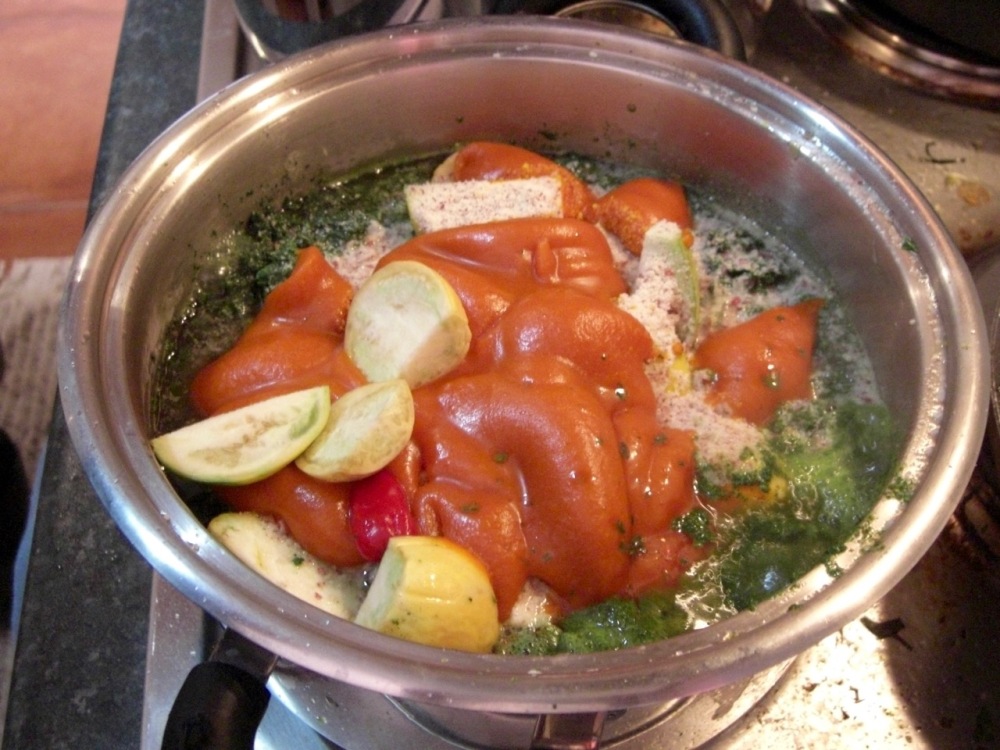
ground up cassava/manioc leaves called Sombe, one of Congo’s most popular green vegetable dishes. On top are little bitter eggplants, a pili-pili pepper, peanut powder, and tons of red palm oil.
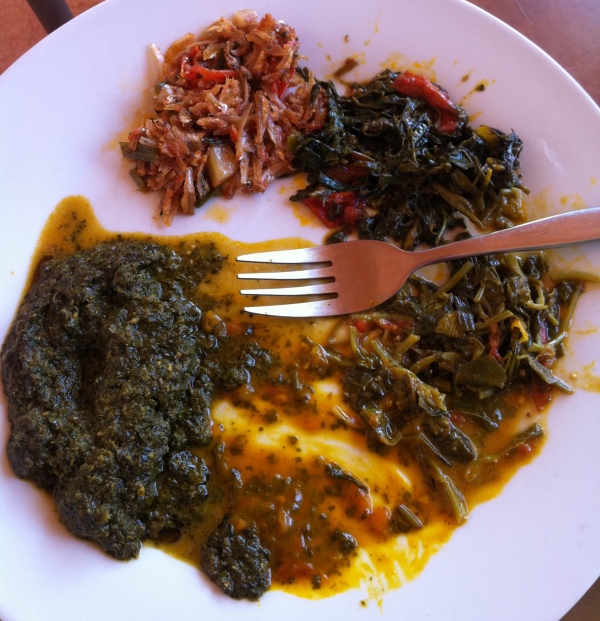
clockwise from top:
Ndakala (dried river fish)
Matembele (sweet potato leaves)
Lenga-Lenga (amaranth leaves)
Ngai-Ngai (sorrel)
Sombe (cassava leaves)
One of the things I do remember about this experience was the guys’ generous use of palm oil. Are you familiar with palm oil? I wasn’t. Apparently it’s in everything. Almost all processed or packaged food has it, along with shampoo and lipstick, too. Depending on whom you ask, it’s either really good for you (it’s high in carotenes and vitamin E with very little cholesterol) or it will kill you. It’s also controversial for deforesting Malaysia and endangering orangutans in Sumatra.
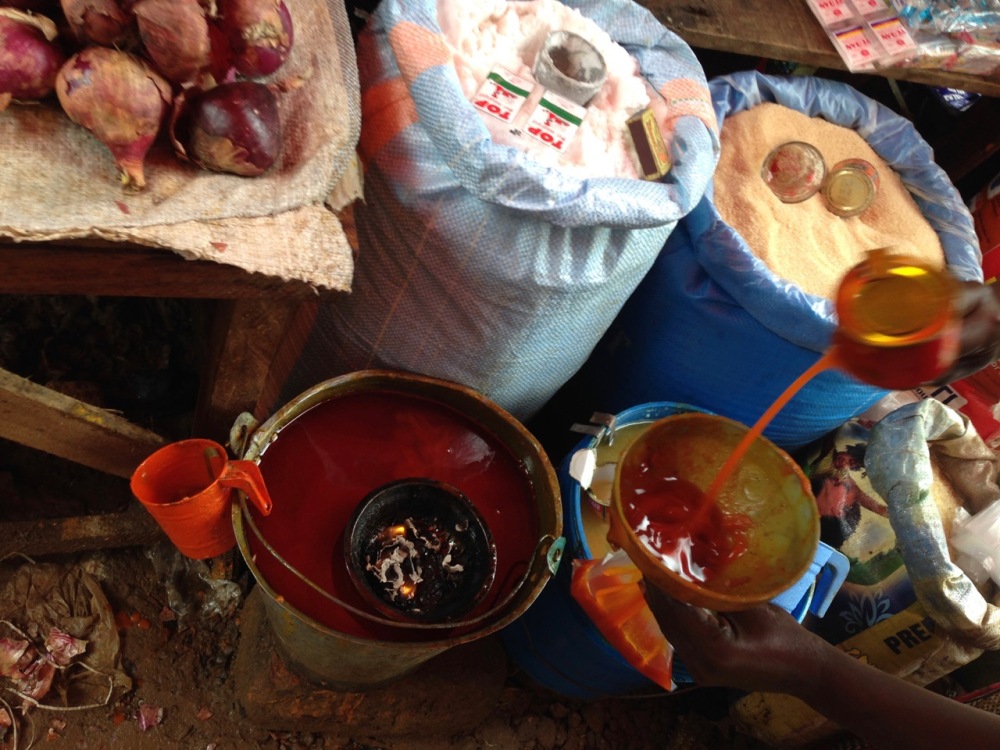
buying palm oil at the local market. The candle keeps it in a liquid state. It’s measured by cans and poured through a funnel into a plastic bag.
But I didn’t know any of that at the time. All I knew was that it looked really gross to cook with, and left all of us with a long-lasting waxiness on our lips like we had just eaten a box of crayons. Even Viviane told me later that she prefers to cook with olive oil for most dishes.
It was a fun day, and we had a great time with our guides from the kitchen. But no one was a big fan of the food. There was the waxiness, a lack of seasoning and overall flavor, and the little fishies that appealed to none of us. We all went home to our respective houses grateful that we didn’t have to eat mess hall food every day. For me, it would take a full year before I gave Congolese food another try.
Phase 2: A Little Inspiration from Around the Campfire. Fast-forward to July 2012. We had just returned home from a safari with our families in Botswana, where we slept in tents inside game reserves, and not behind fences but in the same spaces shared by lions and hippos and elephants — elephants who didn’t bother checking first if we’d mind their munching on and tossing down of trees throughout the night. There were a few close calls, but that’s a story for another time.
The story here is that although we pitched our own tents and helped tow and repair broken-down safari vehicles, we did have a friendly group of safari guides who cooked for us. It was simple fare — we chose a low-budget safari since there were 6 of us — but it was easy to appreciate and enjoy. One of my favorite things was this simple bean salad. After the safari we found ourselves inside a Botswana gas station or two, and found that these items were always for sale, pretty much lined up right in a row. I’m not sure whether the conclusion should be that everyone in Botswana loves this salad and makes it all the time, or that this salad is the logical creation of what one can reliably find for sale.
For whatever reason, this salad and the safari from whence it came gave me the courage to try going locavore again. I started buying strange things whenever I made it to the local market, asking Viviane what they were once I brought them home. Then we would cook up a little lunch together. She taught me (and sometimes my friends too) things like chinese cabbage, amaranth greens, cassava leaves, sweet potato leaves, squash leaves, and how to clean fish.
Phase 3: No Guts, No Glory. Botswana had been an inspiration, but the real game-changer came in February 2013 when Seb and I took a little trip to Zanzibar. (For anyone wondering where or what the heck that is, it’s a lovely little island off the coast of Tanzania, at the crossroads of Arab and Swahili culture.) I haven’t yet written about that trip (or hardly any of our trips for that matter), but let me try to boil it down to the one essential thing: my eyes were opened to a whole new crazy wonderful world where it’s just not necessary to be afraid of anything. I took a couple of cooking classes in Zanzibar — one real, the other for foreigners — and then came home revved up to learn and try even more.
Full of vim, I jumped straight into one of the things that had previously seemed the most frightening or intimidating to me: the prehistoric-looking smoked fish that could easily be mistaken for charcoal.
Viviane showed me how she soaks it, cleans it, then boils the heck out of it. I took a big breath, and then a big bite. I’m not kidding, it actually resembled one of my favorite things at a sushi restaurant — unagi, the freshwater eel broiled in a smoky teriyaki sauce. Granted, it had been a long time since I’d been in a sushi restaurant, but whatever. I enjoyed it.
The very next day, I called some friends over for more smoked fish and some major exercise. It was time to christen the large mortar & pestle that someone particularly awesome had given to all us expat wives living here at the time. Under Viviane’s direction, we spent an afternoon choosing and then pounding cassava leaves to make one of Congo’s most ubiquitous vegetable dishes: sombe.
Phase 4: Fufu — Why Not? A year later (all that pounding gave us pause, maybe?), I would finally tackle something else I had been avoiding: fufu, aka bucari. This is a very plain-tasting ball of starch, and probably Congo’s most beloved food of all. I have never understood why the locals love it so much, but they swear that no meal is complete without it. They say it gives them energy, and I believe them. But I’ve never liked it.
One day, when everyone else had left us for exotic vacations abroad, I invited over a friend for a little Congolese luncheon. It was as good a time as any to throw in something new, so we asked Viviane to show us how to make fufu. You know what? It wasn’t so bad. Viviane says the key is to make it with half cassava/manioc flour and half maize flour, and the quality of both matters. (The only other ingredient is water.) To this day, Viviane’s fufu remains my favorite among the ones I’ve tasted.
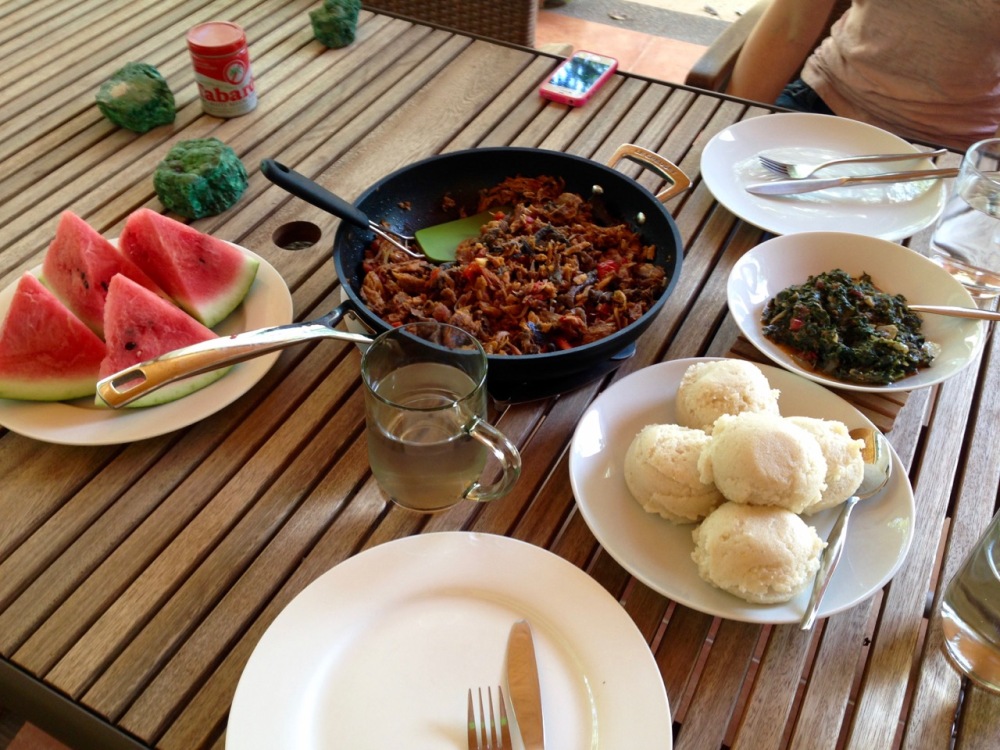
fufu with lenga-lenga, the dried fish, and watermelon, which is a rare find around here — Viviane had never had it before
Phase 5: The Return of a Classic. A friend who worked for the Peace Corps in Congo many years ago remembered having something called “chicken moambe” that was at the time considered Congo’s national dish. It’s basically chicken in a peanut & tomato sauce, but the balance of flavors was something special, she recalled. Using palm oil, of course.
She came back to Congo a few years ago when her husband (the particularly awesome donor of the mortar & pestle mentioned above) worked here, and together we searched high and low for this recipe but had a hard time finding it. Viviane’s never heard of it. Much has been said about Congo losing its cultural identity in the wars of the past few decades… we wondered if this recipe was lost forever.
I’m happy to see it’s finding its way back onto menus. Last August I had it at the Park Hotel in downtown Lubumbashi. It was delicious!
Some months later I found a similar recipe online. It comes from the Republic of Congo, hence the different spelling, but same idea. Palm oil, tomato and peanut. I made it for lunch one day, and found Chicken Moambe again that very same night on the redesigned menu of our company restaurant. Their version included coconut milk — a nice touch!
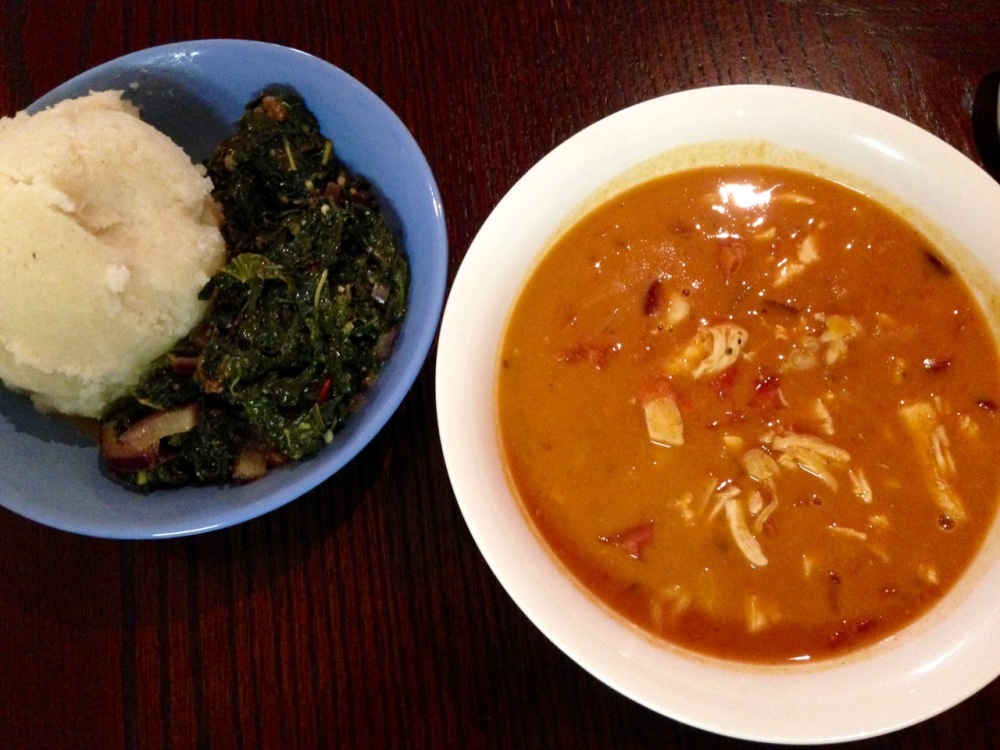
my attempt at Muamba Nsusu (Congo Chicken & Peanut Soup), with lenga-lenga (by now my preferred local green) and Viviane’s fufu
Ok. Whew. I know that was a long tour. I’m attempting to squeeze five+ years of history and cooking lessons into one post. Thank you for time-traveling with me!
I also wanted to clear my plate, so to speak (ha HA!), before we leave tomorrow for the start of another adventure. It’s time already for the first vacation of 2016. This time, it’s somewhere we never thought we’d get the chance to go. And that’s HERE! We’re flying from Lubumbashi to Kinshasa, followed by a short flight to Mbandaka, where we’ll jump in a boat and float back down to Kinshasa on the famous Congo River, camping in different villages along the way. We’re going with friends in a group of eight, one of whom is our resident doctor who has done this tour before, so we feel we’re in very good hands. Don’t worry, Mom, Dad, and grandparents! This is an incredible opportunity, one I wouldn’t want to miss. The timing of it (we leave on my birthday) is just a coincidence, but since it was exactly what I wanted for my birthday, Seb (the more sensible one of the two of us) couldn’t say no. So if anything happens to us, don’t blame him. 😉
I look forward to finally discovering more about the beautiful music, food and culture of this place we call home. More cooking lessons to follow, I’m sure!


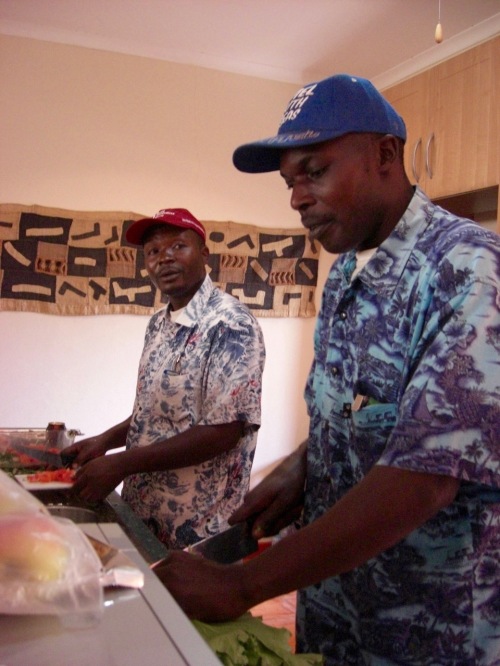

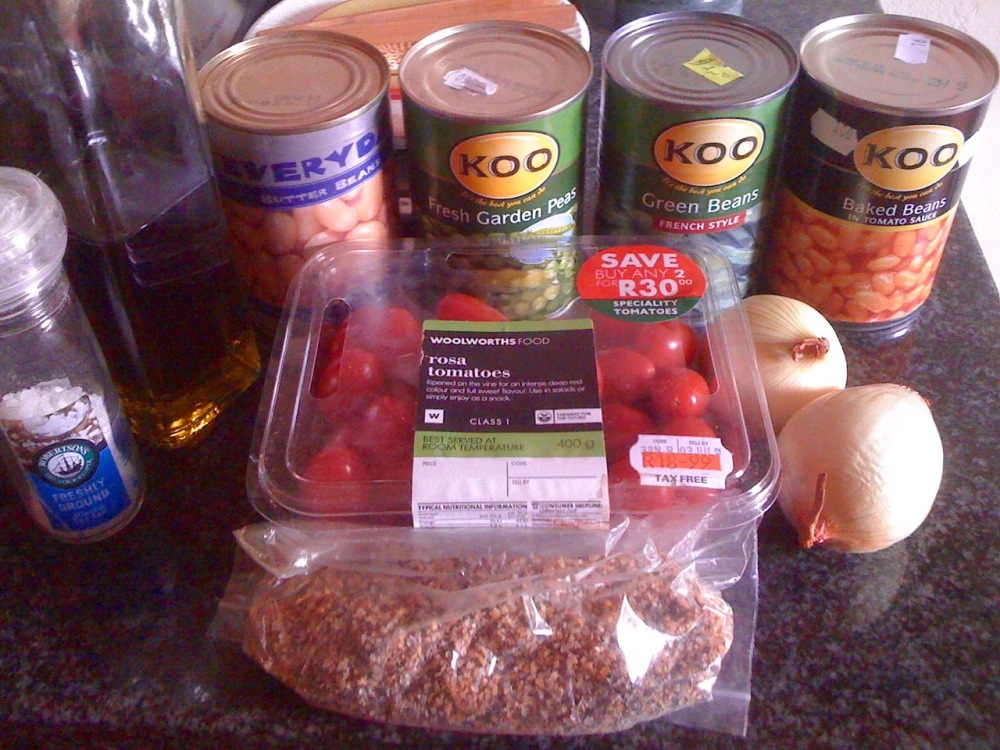
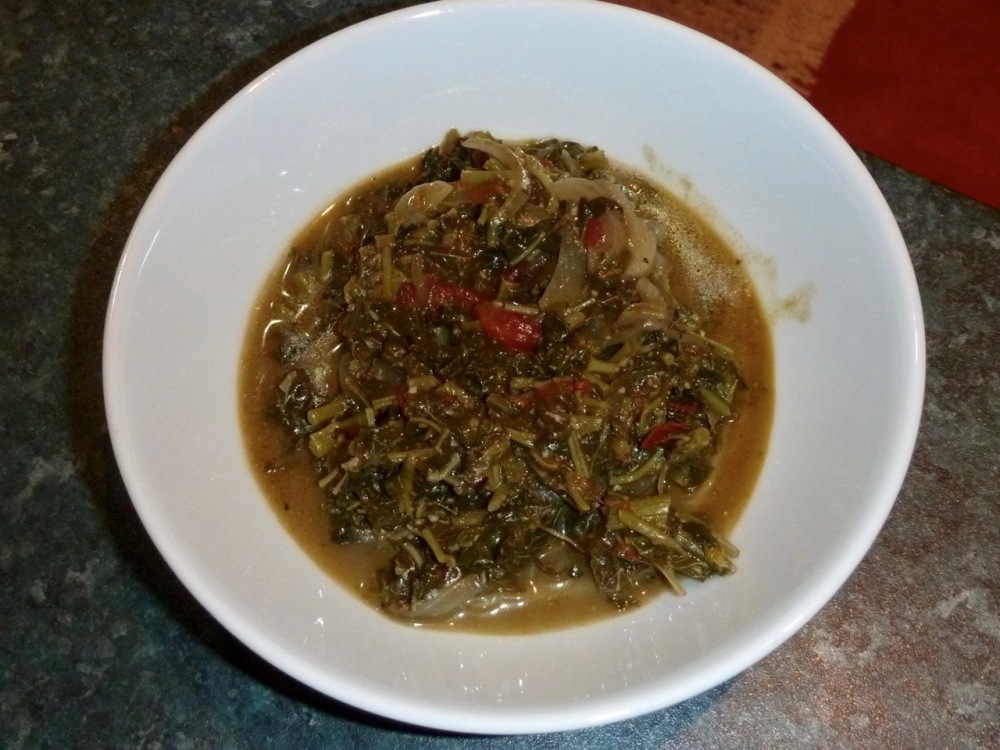



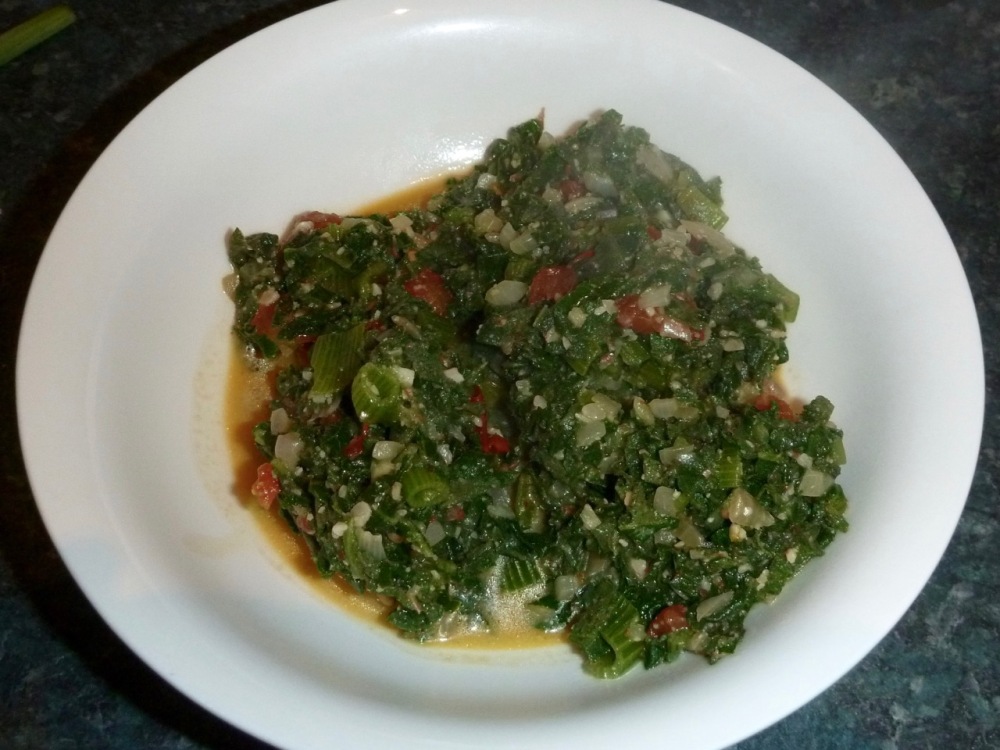
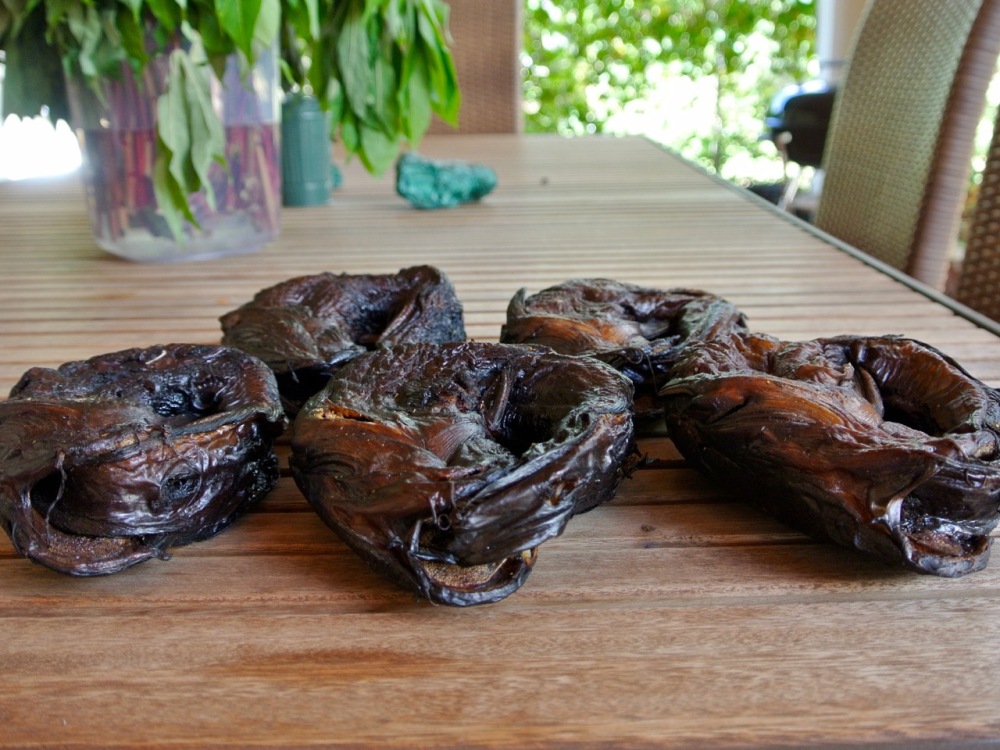

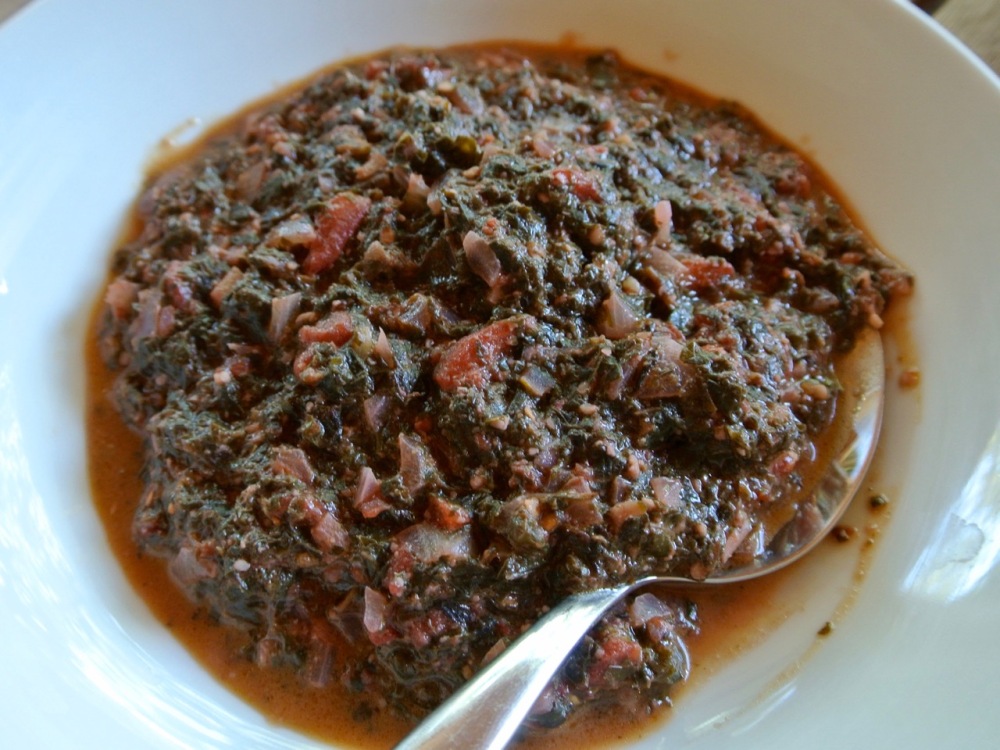

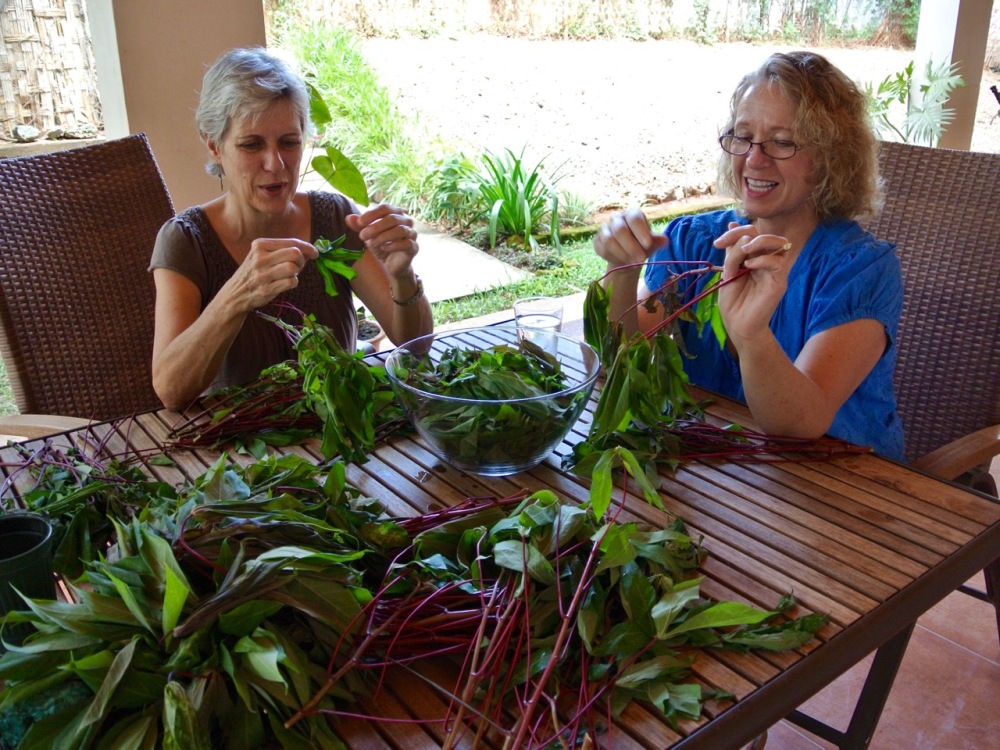



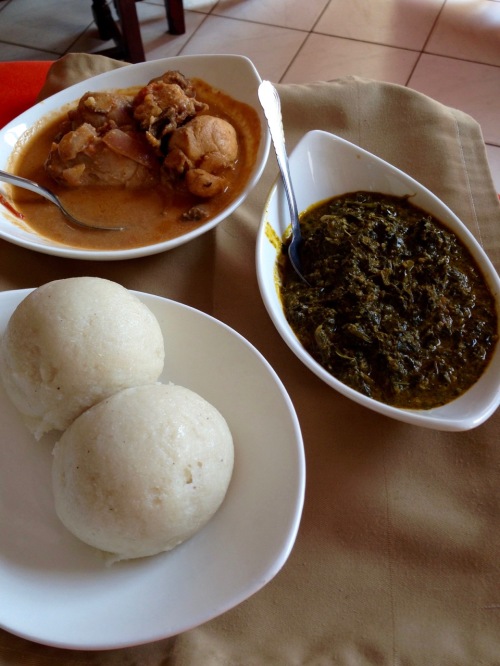
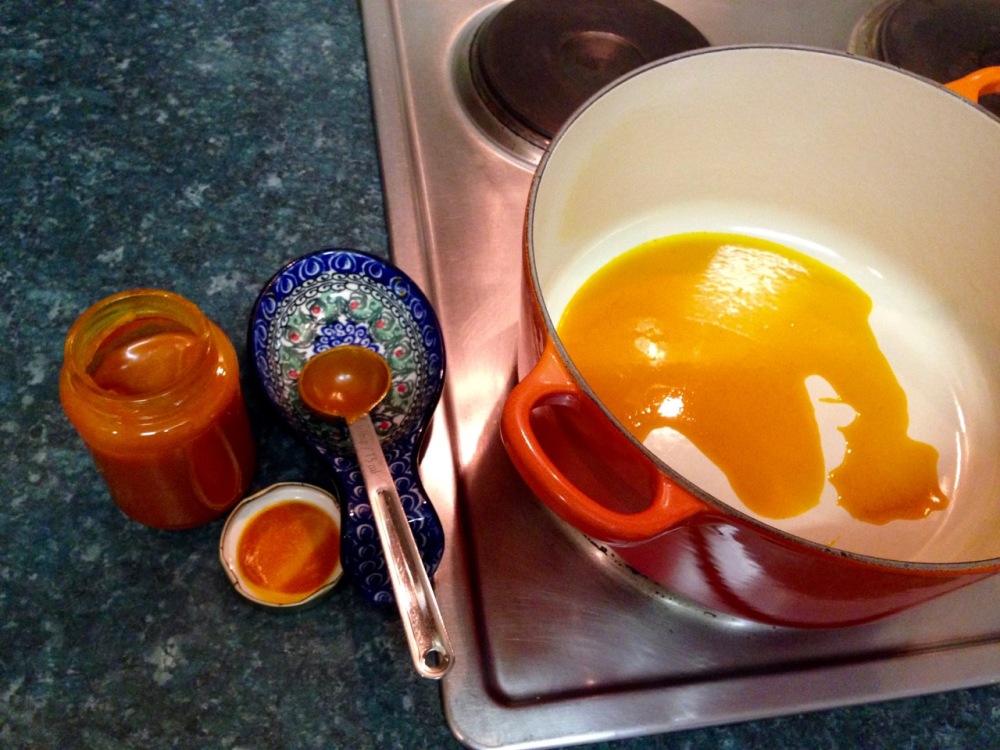
That was a great post. It brought me back to the food we eat back home. It’s unfortunate that I can’t get hold of some in the UK, because I love Ndakala, and haven’t had it in ages… It’s very true that Congolese food is not well known, even though it has a lot to offer. I guess our music and, in recent years, the country’s instability are just what others are interested in. Shame. Anyway, I’m glad that you finally gave Congolese food a try and enjoyed it. Your trip sounds really exciting. Travel safely, and have fun
LikeLike
Thank you! I could use some help appreciating ndakala more… How do you prepare it? I’ve only had it that one time on 2011, it really hasn’t come up again since then although I do always see it for sale.
LikeLike
Happy Birthday!! You are so adventurous. I can’t believe my granddaughter floating down the river but since you have a doctor with you, I will try not to worry. I’m sorry, Dear, but none of the foods in this article look that good to me. When you were growing up, there were so many foods that you wouldn’t touch! I’m so amazed at all the things you write about and you taking so much interest in cooking.
Love you. Grandma & Grandpa
LikeLike
Please tell me more! Was I a picky eater? I don’t remember being that way. Weird how things can change so drastically! Today there’s very little that I won’t try, and I also believe in trying strange things a couple of times, we can often be wrong the first time!
LikeLike
Jen–what an informative article about food! Bob and I know your trip will be absolutely awesome. Happy Birthday to you!!
Love, Debbie and Bob
LikeLike
Thank you guys! Anything tempt you here? We should be getting plenty of practice trying new things very soon!
LikeLike
Happy Birthday my dear friend! Great stories and pictures to go along with it. This makes me be more open to trying new things/food. Thank you!
LikeLike
You’re welcome friend and thanks for the birthday wishes!
LikeLike
Wonderful memories! I have found palm oil at Trader Joe’s, still have not found a substitute for manioc leaves, perhaps kale. I do remember blisters after pounding those manioc leaves!
LikeLike
Wow – did you buy the palm oil? What do you use it with? I would love to know! We miss you very much here 😦 xox
LikeLike
Great Post.
LikeLiked by 1 person
Loved hearing about and SEEING all these wonderful dishes – I love every one of them! I am so curious about the Peace Corps friend…. who was that? I had a mortar and pestle that I left at the house when I left but I doubt that is the one you were given 🙂 I also love moambe; I think Vivian didn’t know about it because it is a more regional dish – everyone in Equateur made it… and the secret is that true moambe is made with the rich meat (like a thick sauce) from pounded palm nuts – not the more purified palm oil. “Moambe” actually means ‘pounded palm nuts’. For those stateside looking to cook cassava leaves, they can be found in Latino and Asian grocery stores. I have some in my freezer now (conveniently already pounded… well, probably mechanically ground). Palm oil too.
I will be thinking of you riding down the river, that is a fantastic trip! I lived a year in Mbandaka and took one of the big river boats up to Kisangani (a week trip). The boat was like a microcosm of humanity – thousands of people cooking, sleeping, drinking, fighting , laughing and buying and selling like mad as the boat wound its way up the river. Villagers would wait for the boat and then furiously paddle their pirogues out to the ship, risking their lives to sell their wares to merchants on the ship. One day I came back to my room and discovered chickens under my bed, bought by the merchant woman with whom I shared a cabin!
LikeLike
Hi Lauren! Thought about you many times along the river, especially when spotting one of those huge barges passing by, floating cities, wondering if you were on one like that. They have rooms?? The Peace Corps friend was Melanie, the mortar & pestle came from her husband Steve, I really must try to introduce you all to each other next time in DC…
LikeLike
Happy Birthday! Sweden one year and now Congo – you certainly know how to make your birthdays an adventure. Enjoy your trip and the many chances you’ll have to try new foods along the way.
LikeLike
Thanks! Back home safely now, it truly was an adventure, not sure where to start… 😉
LikeLike
Wow, most of it really looks and sounds delicious. And I can admit that even though I have been fascinated by the Congo since I was a kid, I have never thought about the food from the area. 🙂
LikeLike
I know, right?!
LikeLike
From a Congolese that stumbled across your website by chance! This made me very hungry! Thanks heavens I have some Kabambale soaking right now. I will forward your page to my non-congolese friend that would love to know a little more about congolese food!
LikeLike